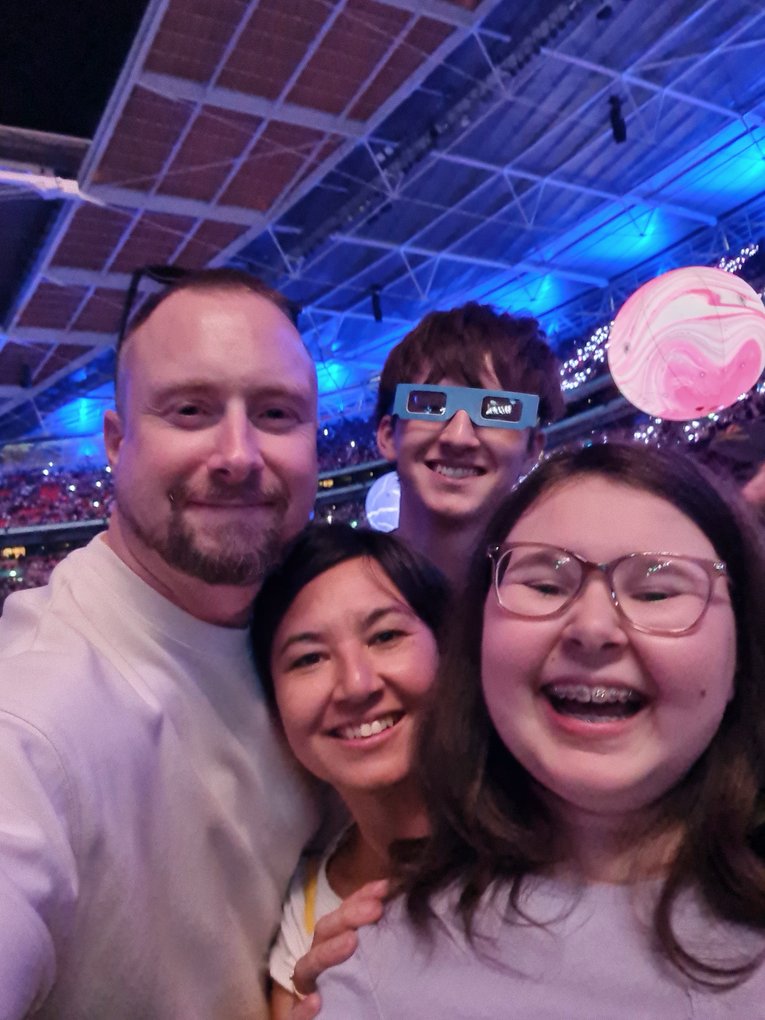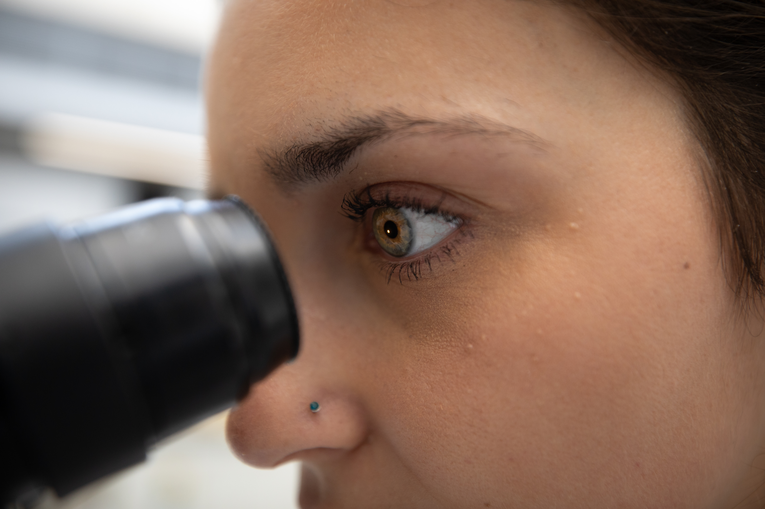
https://www.gosh.nhs.uk/news/ground-breaking-study-on-mrna-technology-shows-hope-for-rare-disease-treatment/
Ground-breaking study that utilises mRNA technology shows hope for rare disease treatment
18 Jan 2024, 11 a.m.
By exploiting the technology used in Covid-19 vaccines, a team co-led by Principal Investigator Dr. Julien Baruteau (Honorary Consultant at GOSH and Deputy Lead of the NIHR GOSH BRC Junior Faculty) which includes UCL, King’s College London and Moderna scientists has created an effective therapy for a rare disease, in a study in mice, demonstrating the technology’s potential therapeutic use in people.
The research, published in Science Translational Medicine, found that messenger RNA (mRNA) could be used to correct a rare genetic liver disease known as argininosuccinic aciduria in a mouse model of the disease.
Hope for rare genetic disorder
Argininosuccinic aciduria is an inherited metabolic disorder that affects how the body breaks down protein – potentially leading to high levels of ammonia in the blood. Patients affected by the disease are found to also experience an imbalance of glutathione regulation, which is important for liver detoxification. The condition occurs in approximately one in 100,000 newborns.
Challenges in rare disease therapies
Rare diseases can result from errors in the patient’s DNA and affect around 300 million people worldwide.
However, fewer than 5% of these conditions have approved therapies. Most of these treatments use gene therapy to switch out the faulty gene and replace it with a normal functioning one, to alleviate the disease.
Until recently, gene therapy employed modified viruses to bring the therapeutic gene to the disease cells. However, these viral systems can cause severe adverse effects, such as reactions from the patient’s own immune system, meaning that they can’t be rolled out widely.
Consequently, the team wanted to investigate the possibility of using mRNA technology as an alternative solution.
Innovative mRNA approach
Messenger RNA is a molecule that contains instructions that direct the cells to make proteins. By protecting the mRNA in a microdroplet of lipids, scientists were able to inject the mice intravenously with the therapy and target their liver cells
Mouse trial insights
The researchers tested the therapy on 31 mice both from birth and at a late stage of the disease as a rescue therapy in older mice that had argininosuccinic aciduria. They also used an equal number of untreated mice as a control (comparison) group.
For the mice, the benefit of each mRNA treatment only lasted around seven days, so the procedure was performed weekly over the course of up to eight weeks. However, the researchers expect that translation to humans will allow for longer gaps between treatments.
Over the course of the trial, the mice were given positron emission tomography (PET) scans as a non-invasive way to track the correction of glutathione regulation and the success of the treatment.
“Messenger RNA has revolutionised the field of vaccines during the COVID-19 pandemic. We believe it can now do the same for rare diseases.” Dr Julien Baruteau.

Dr. Julien Baruteau, Honorary Consultant at GOSH and Deputy Lead of the NIHR GOSH BRC Junior Faculty
Trials in humans on the horizon
Over the coming years, the team aims to trial the therapy in people. Messenger RNA therapies are also currently being investigated in other rare inherited metabolic diseases – propionic and methylmalonic acidaemias – in global clinical trials sponsored by Moderna, including at Great Ormond Street Hospital for Children.
Dr Tim Witney, Co-lead PI (School of Biomedical Engineering & Imaging Sciences, King’s College London), said: “This is a great example of collaborative science across multiple areas of expertise, which has yielded remarkable results. By understanding what goes wrong in this disease, we can not only correct the error, but follow this correction in real-time using imaging. We are looking forward to bringing these advances to patients in the near future.”
Funding and support
The research was funded by Moderna, the Medical Research Council, the consortium London Advanced Therapies, Wellcome, Cancer Research UK, and the National Institute for Health and Care Research (NIHR) Great Ormond Street Hospital Biomedical Research Centre.

‘Ready-made’ T-cell gene therapy tackles ‘incurable’ T-Cell leukaemia
A groundbreaking new treatment using gene-edited immune cells, developed at GOSH and UCL has shown promising results in helping children and adults fight a rare and aggressive cancer

GOSH manufactures new gene therapy for rare condition
A specialist laboratory team based at Great Ormond Street Hospital have manufactured a new gene therapy to treat a baby with the rare genetic condition, Hunter Syndrome.

Celebrating the Impact of the Professor Maria Bitner-Glindzicz Memory Fund
The third annual report of the Maria Bitner-Glindzicz Memory Fund has just been compiled - The fund continues to support ground-breaking research and early career development.

